This morning I saw the male kingfisher atop a utility pole facing his nest cavity in the cross-road cutbank. After about 15 minutes there the male flew directly to the nest hole and scuttled into the dark. About 10 m inutexs later the female kingfisher took flight from somewhere along the same cliff face, flew up hiugh, rattled, then headed toward a slough. Time for a fishy brunch perhaps?
How had I missed her presence. She did not come out of the nest entry. I know something about kingfishers beside their nominal dietary desires. I stay well back as their sharp eyes and dislike of a lens (big spy eye) makes them prone to upset of a camera is seen nearby. The Ks know exactly what they’re doing, I know little. Kingfisher 101 as I’ve never gotten to observe an active nest before.
Here’s the male–first hiding back in then trees, later perched atop the utility pole:
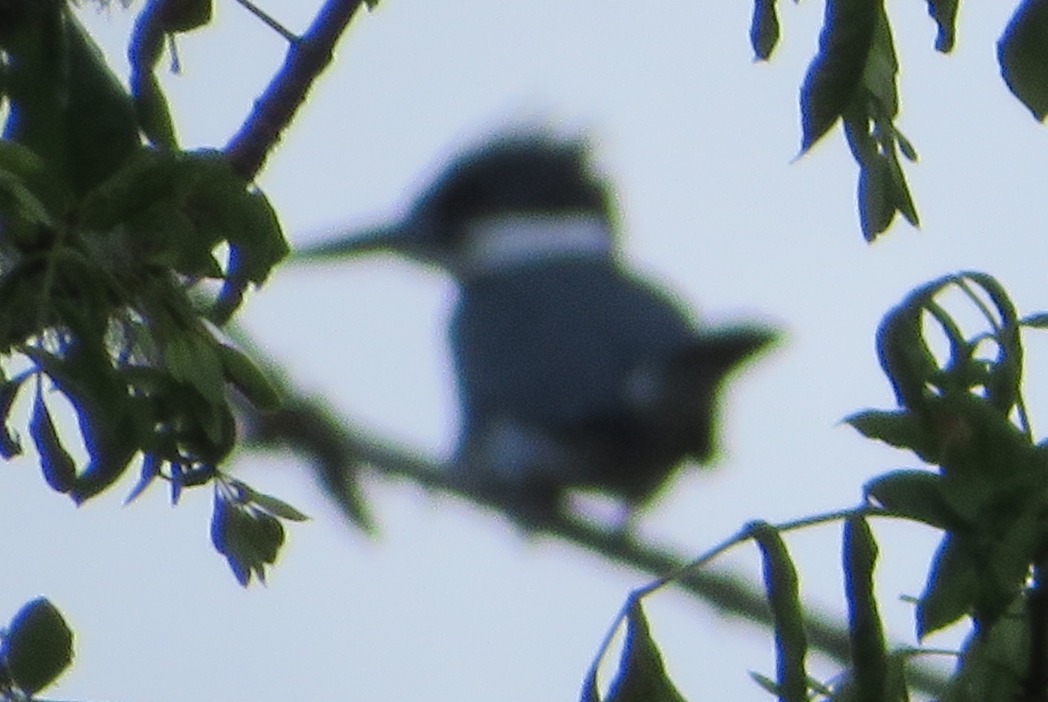
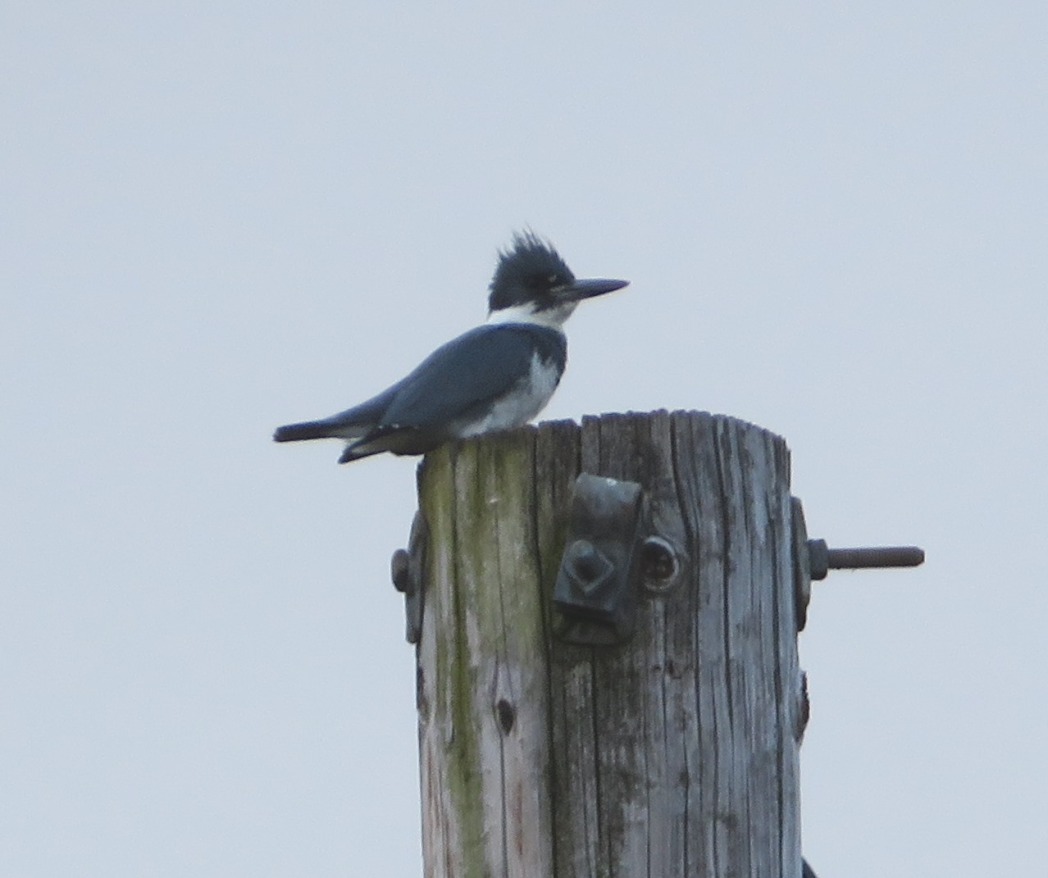
Here’s the male atop his pole with cutbank beyond him. The nest hole is in far right hand bottom corner, between the two lowest wires.

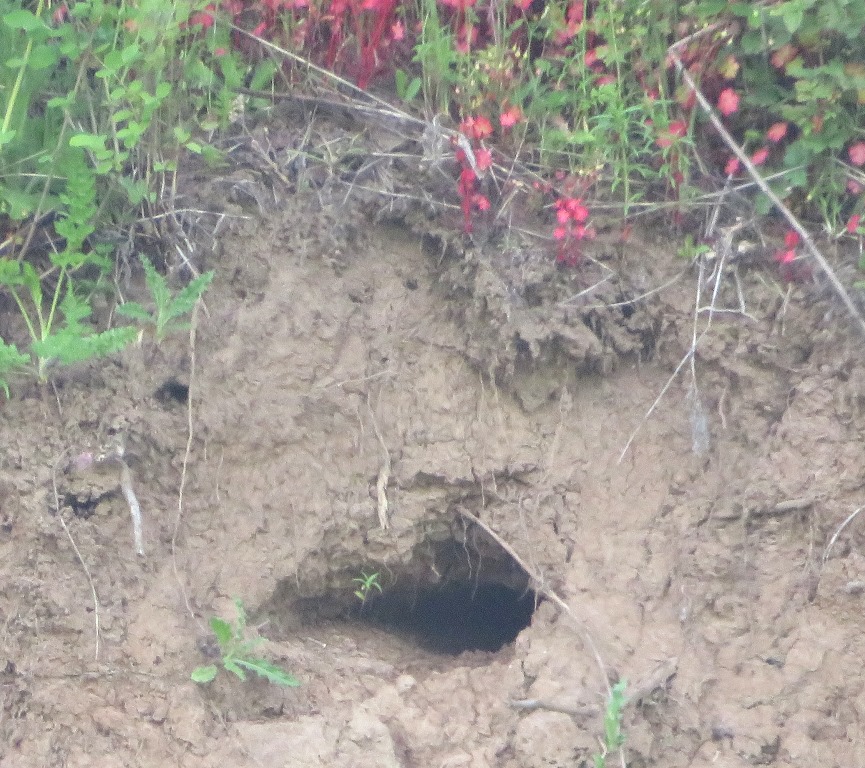
An early afternoon re-visit brought no kingfisher sighting. Swallows aloft despite light rain.
Minto-Brown Island Park, Marion, Oregon, US
May 19, 2024
16 species
Canada Goose X
Eurasian Collared-Dove X
Red-tailed Hawk 1
Belted Kingfisher 2 nesting pair
Northern Flicker 1
California Scrub-Jay 2
American Crow X
Tree Swallow X
Violet-green Swallow X
Northern Rough-winged Swallow X
European Starling X
American Robin 1
Song Sparrow 5
Spotted Towhee 2
Red-winged Blackbird X
Black-headed Grosbeak X
Yesterday at Minto-Brown this lousey shot of a pair of Hooded Mergansers in Willamette Slough:

The cottonwood fluff is all around us now. It floats through the air, drifting slowly along, eventually nodding to gravity and touching down onto ground, or grass, or shrub. If you stand still one or more may be drawn to your inhaling nose, or settle peacefully on a shoulder or shoe. At the slightest breeze each fluff re-launches or dances softly along the ground. In quiet places they can form drifts or pools.
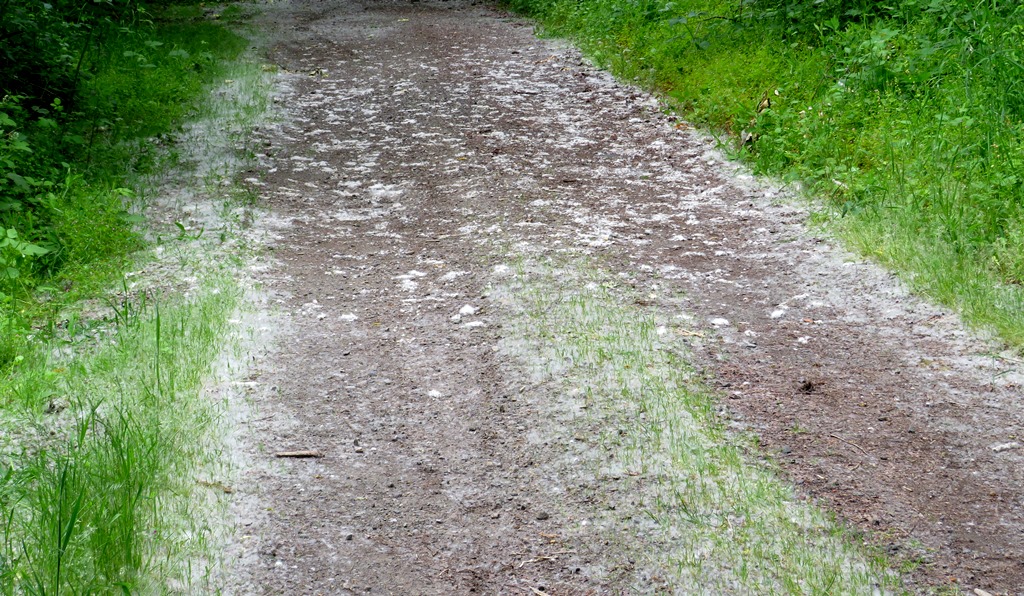
Recent seedeaters: House Finch; Lesser Goldfinches; Song Sparrow.
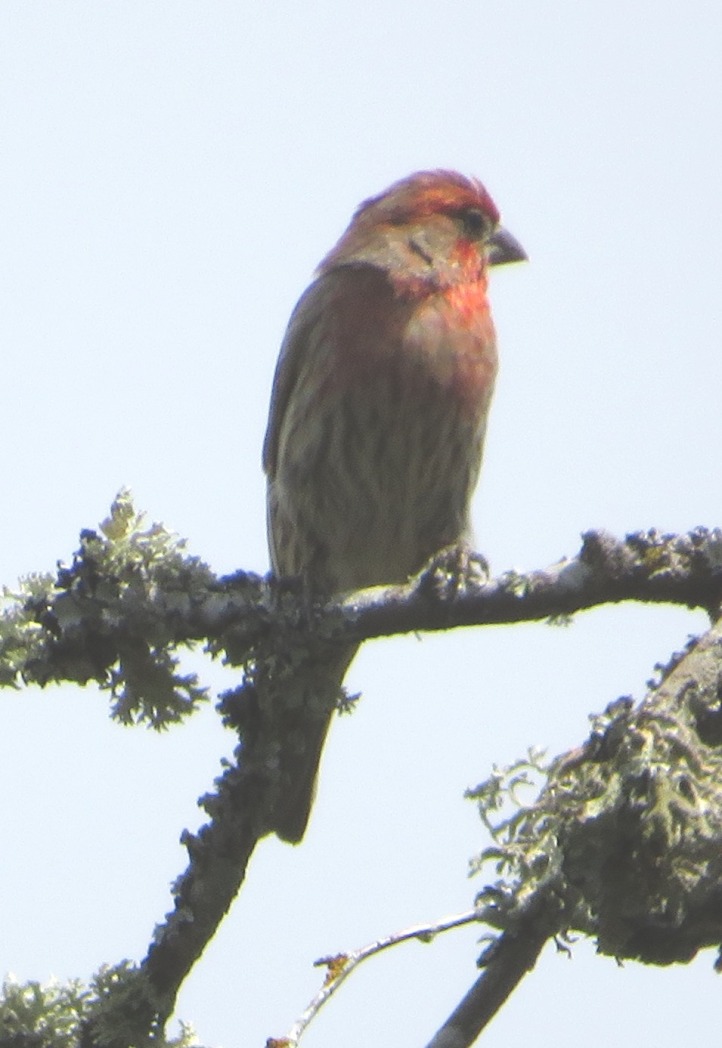


TALL STORIES:

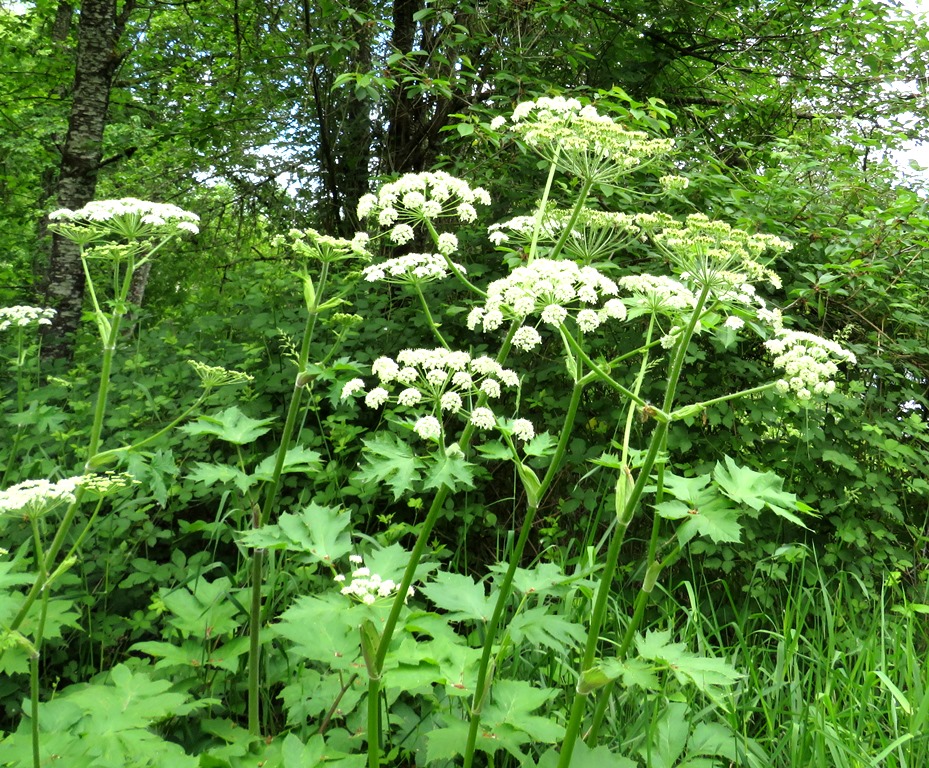
We have a mature Cecile Brunner rose in our rose-rampant garden (over 60 bushes) and it is the tallest rose here. This image shows its hundreds of blooms as the rose tops a photinia that reaches more than twenty feet into the sky. At Minto-Brown the cow parsnips are in full bloom, some reach over seven feet already.
Wikipedia says: “Heracleum maximum, commonly known as cow parsnip, is the only member of the genus Heracleum native to North America. It is also known as American cow-parsnip, Satan celery, Indian celery, Indian rhubarb, poison turnip or pushki.


Cow parsnip is a tall herbaceous perennial plant,[7] reaching heights of 3 metres (10 feet).[8] The stems are hollow and densely hairy.[9] The leaves are very large, up to 40 centimetres (16 inches) across and divided into three lobes.[8] Cow parsnip has the characteristic flower umbels of the carrot family (Apiaceae), blooming from February to September.[8] The umbels can reach 30 cm (12 in) across,[8] flat-topped or rounded, and composed of small white flowers. Sometimes the outer flowers of the umbel are much larger than the inner ones. The seeds are 8–12 millimetres (3⁄8–1⁄2 in) long and 5–8 mm (3⁄16–5⁄16 in) wide.”
Still time to get tickets for tonight’s parrot doc in Salem; 630pm screening. Tickets at Salem Cinema website. I will be there with Salem Audubon pres, Tim Johnson, to answer questions afterwards.

Leave a comment